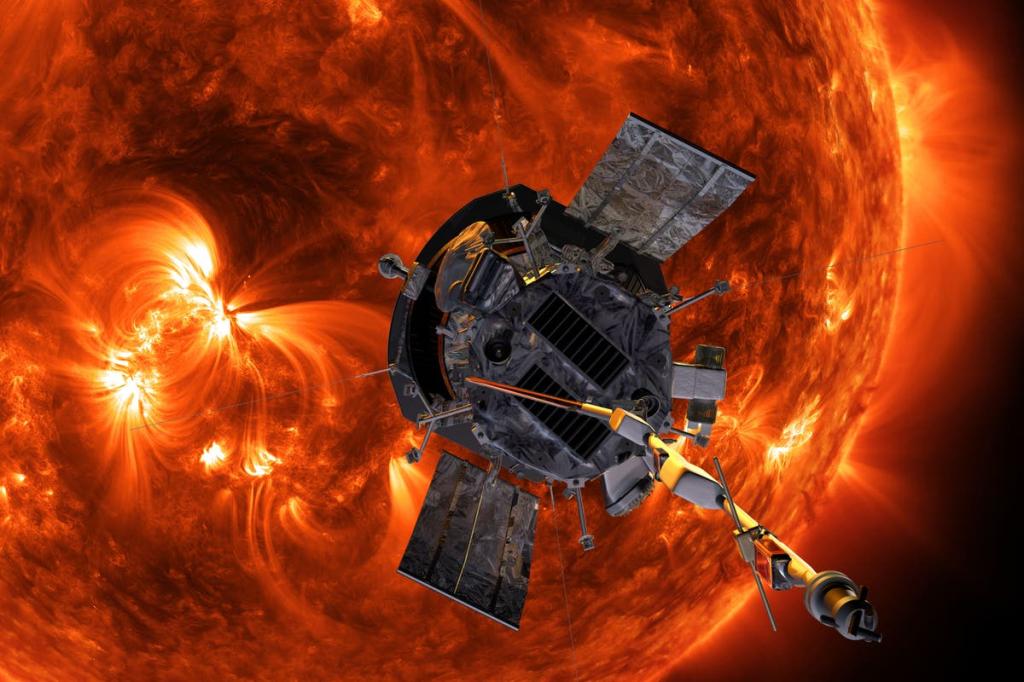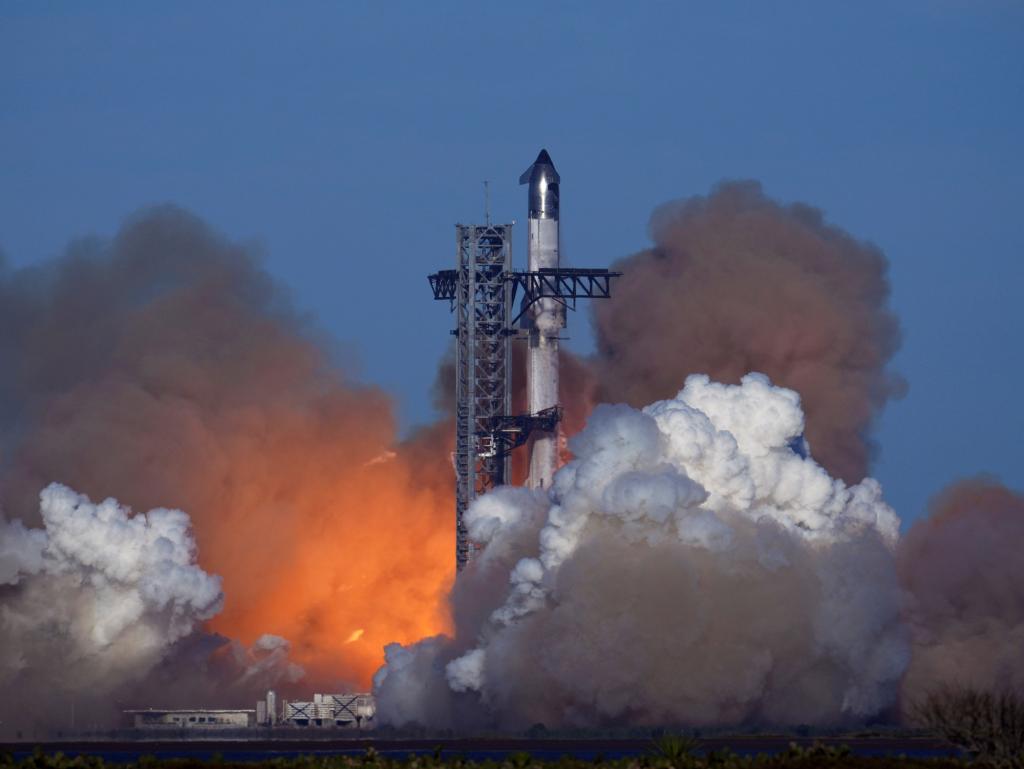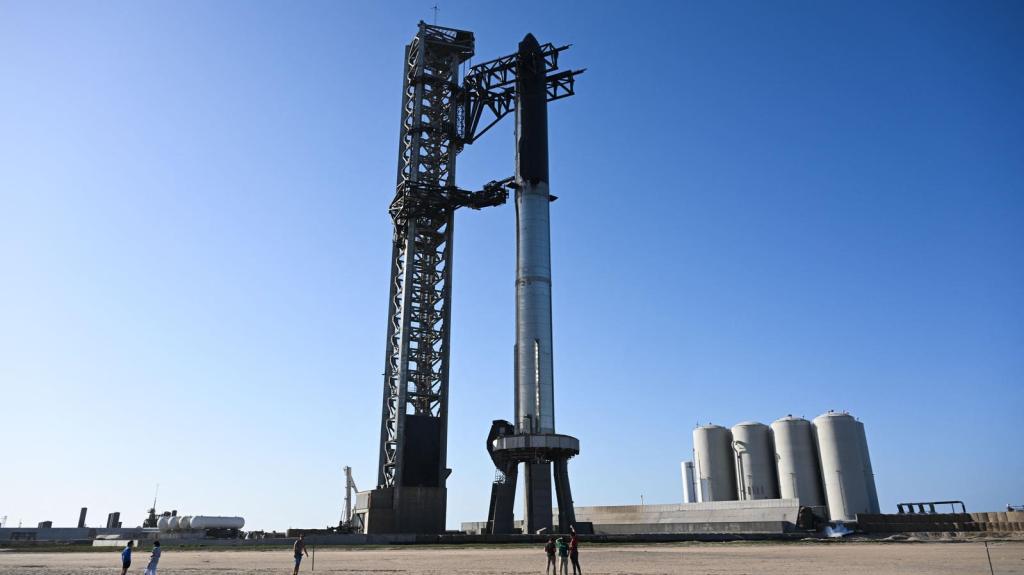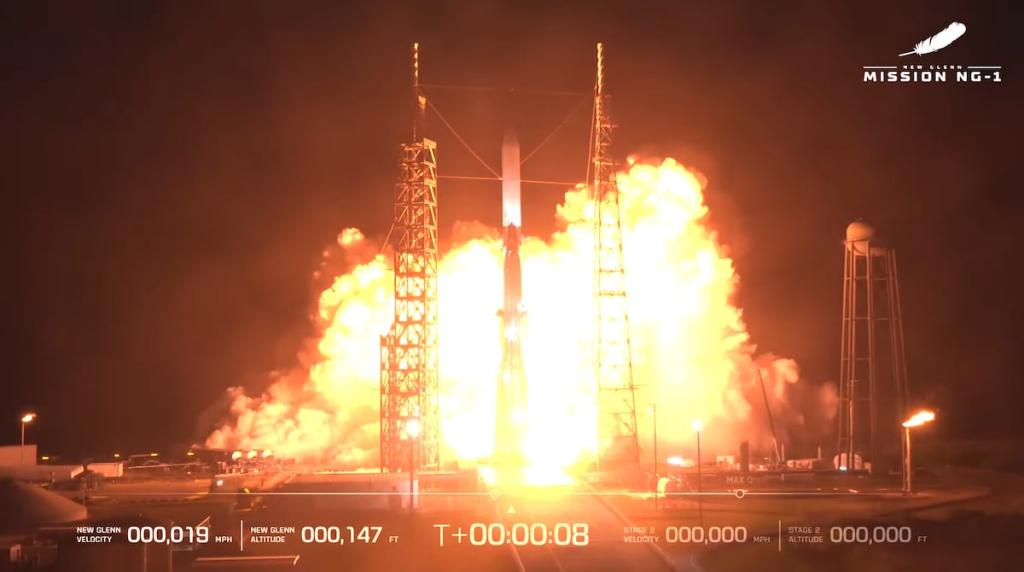Parker Solar Probe Makes History with Closest Solar Flyby
NASA's Parker Solar Probe is revolutionizing our understanding of the Sun by achieving the closest approach ever made by a human-made object.
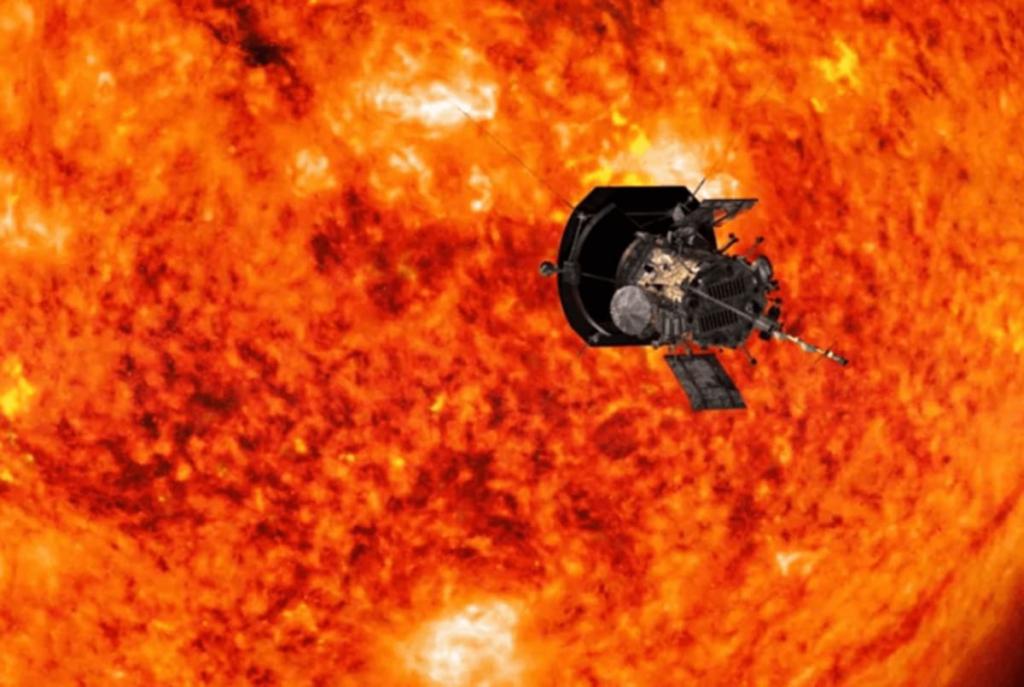
Key Points
- The Parker Solar Probe
has made history by flying within six million kilometers of the Sun, the closest any human-made object has ever approached a star.
- Engineered to withstand extreme temperatures, the probe's 11.43 cm thick shield protects its instruments, enabling unprecedented observations of the solar corona.
- The mission aims to unlock mysteries of solar activity, including why the corona is hotter than the solar surface and how solar winds impact Earth.
On December 24, 2024, a significant milestone in space exploration was set into motion as NASA’s Parker Solar Probe made its closest approach to the Sun, venturing within a record-breaking six million kilometers of our star's surface. This momentous event not only marked the closest any human-made object has ever come to a star, but it also aimed to unlock some of the Sun's long-standing mysteries. Since its launch in 2018, the Parker Solar Probe has been on a fascinating journey to help scientists comprehend the mechanisms of solar activity that influence life on Earth.
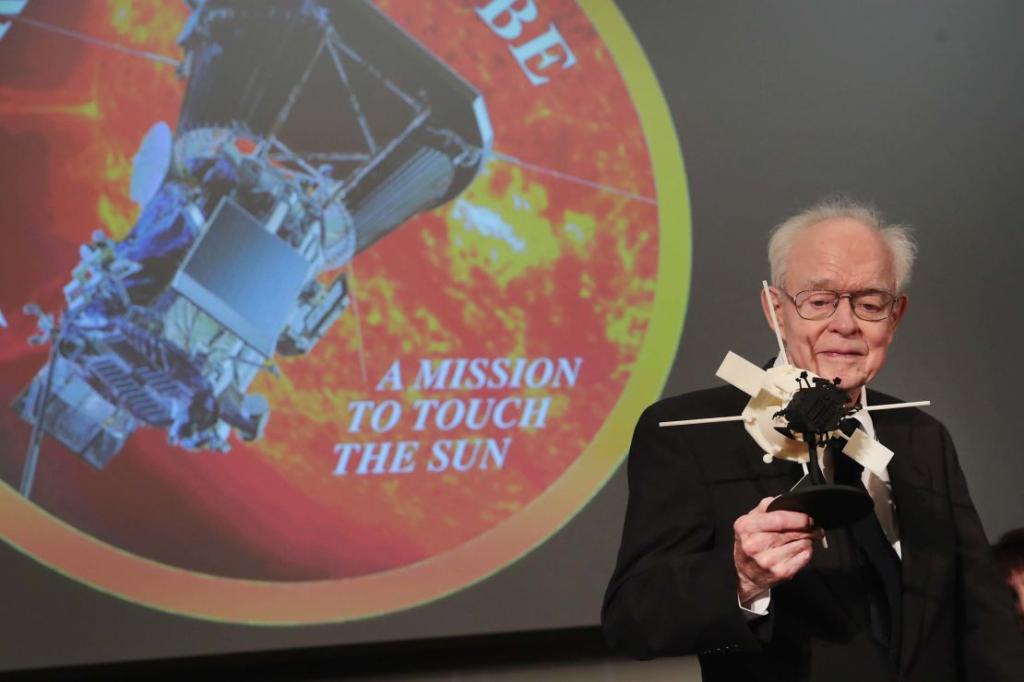
The Engineering Marvel
One of the most remarkable aspects of the Parker Solar Probe is its engineering. Designed to survive extreme temperatures of up to 1,377 degrees Celsius, the spacecraft features an 11.43 cm thick carbon-composite shield that protects its scientific instruments, maintaining them at a more manageable temperature of about 29 degrees Celsius. This innovative thermal protection allows the probe to conduct groundbreaking observations and measurements in the Sun's outer atmosphere, known as the corona.
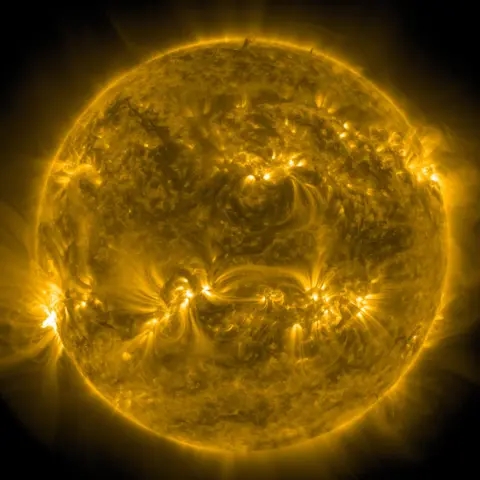
What Are We Learning from the Sun?
As the Parker Solar Probe inches closer to the Sun, scientists are hopeful that it will help shed light on several key questions regarding solar behavior. For instance, one of the primary objectives is to understand why the solar corona, despite being millions of kilometers from the Sun's surface, is significantly hotter – sometimes thousands of degrees hotter. This enigmatic phenomenon poses questions that have perplexed scientists for decades. By observing this region up close, researchers are set to gather real-time data that could explain the dynamics of solar winds and solar storms, phenomena that have direct implications for satellite communications, power grids, and even astronaut safety.
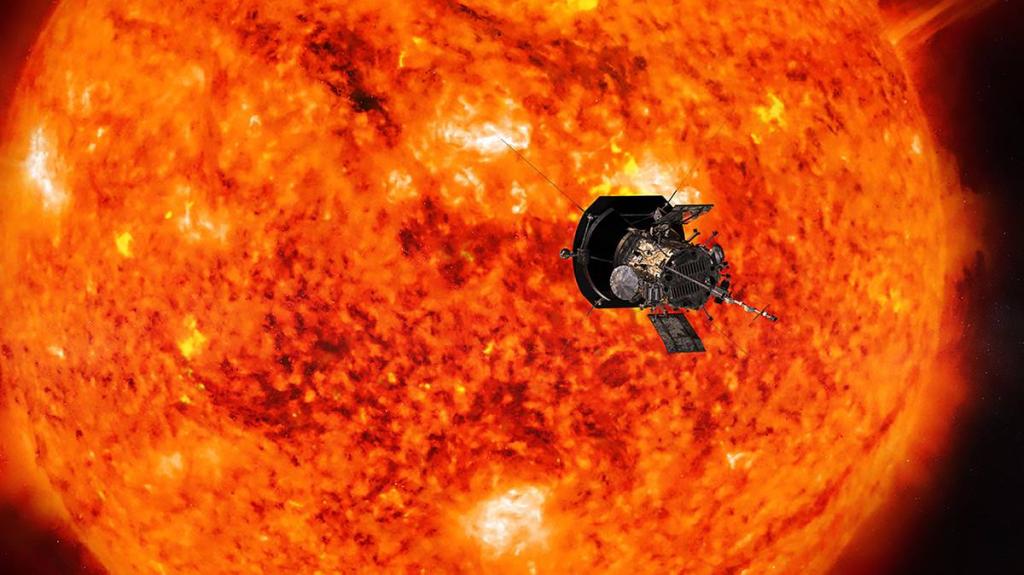
A Journey Fueled by Curiosity
The Parker Solar Probe's mission isn't just a marvel of engineering; it is also a testament to human curiosity and the relentless pursuit of knowledge. Since its launch, Parker has completed 24 orbits around the Sun, utilizing gravitational assists from Venus to tighten its path toward the star. Each flyby brings with it a wealth of data, allowing scientists to refine their understanding of solar processes. In 2021, the probe made its first successful entry into the corona and uncovered new details about its boundaries, establishing its role as a frontier observer of our solar system.

The Impact on Earth and Beyond
Understanding solar activity is crucial not just for scientists but for society as a whole. The energy derived from the Sun is vital for life on Earth; however, intense solar storms can disrupt technologies that we have come to rely on, such as GPS and satellites. The insights gained from Parker's close observations will enhance our ability to predict solar events and mitigate their effects on Earth's technological framework. This knowledge can help safeguard equipment and infrastructure in the face of solar activity that could provoke power outages or communication breakdowns.
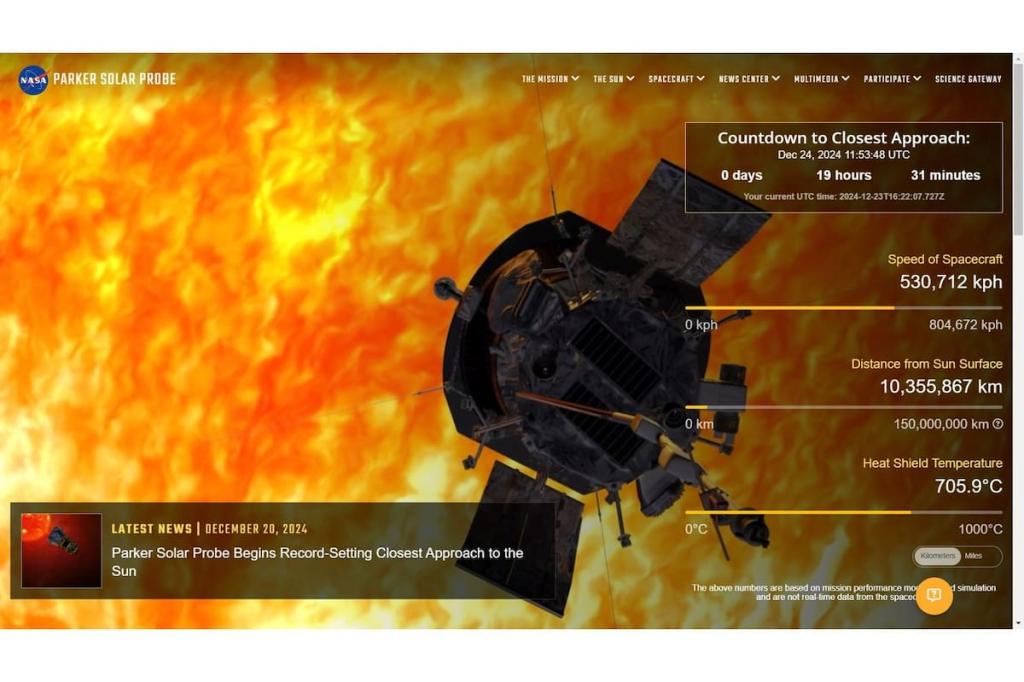
As we anticipate the return of data from Parker, which is due on December 27, 2024, excitement continues to build in the scientific community. The implications of this mission extend well beyond mere scientific inquiry. They resonate with broader themes of exploration, innovation, and the understanding of our universe.
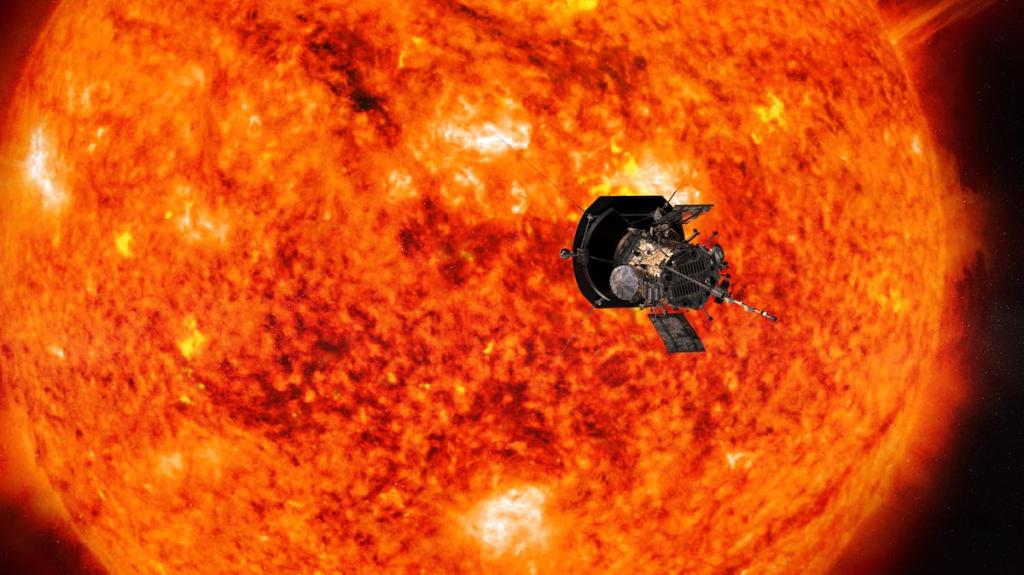
In summary, the Parker Solar Probe is not just achieving a record for proximity to the Sun; it is paving the way for a deeper understanding of solar phenomena that influence life on Earth. By unlocking the secrets of the Sun, this mission propels us into a future where we can better predict and harness the energies of our closest star, ensuring safety and progress for technology-dependent societies. Indeed, every successful mission and piece of data from Parker brings us closer to unraveling the mysteries of the universe around us.
